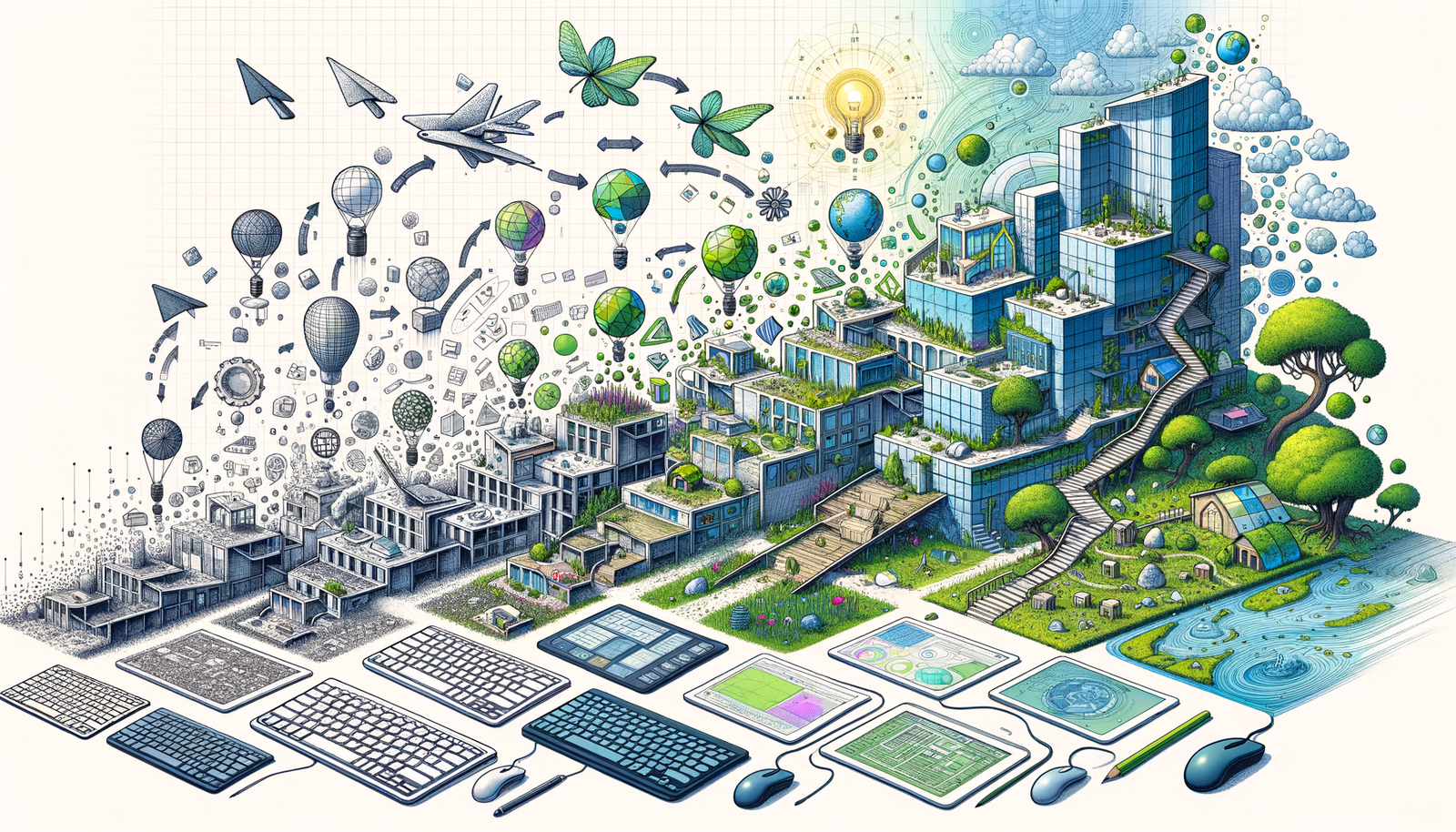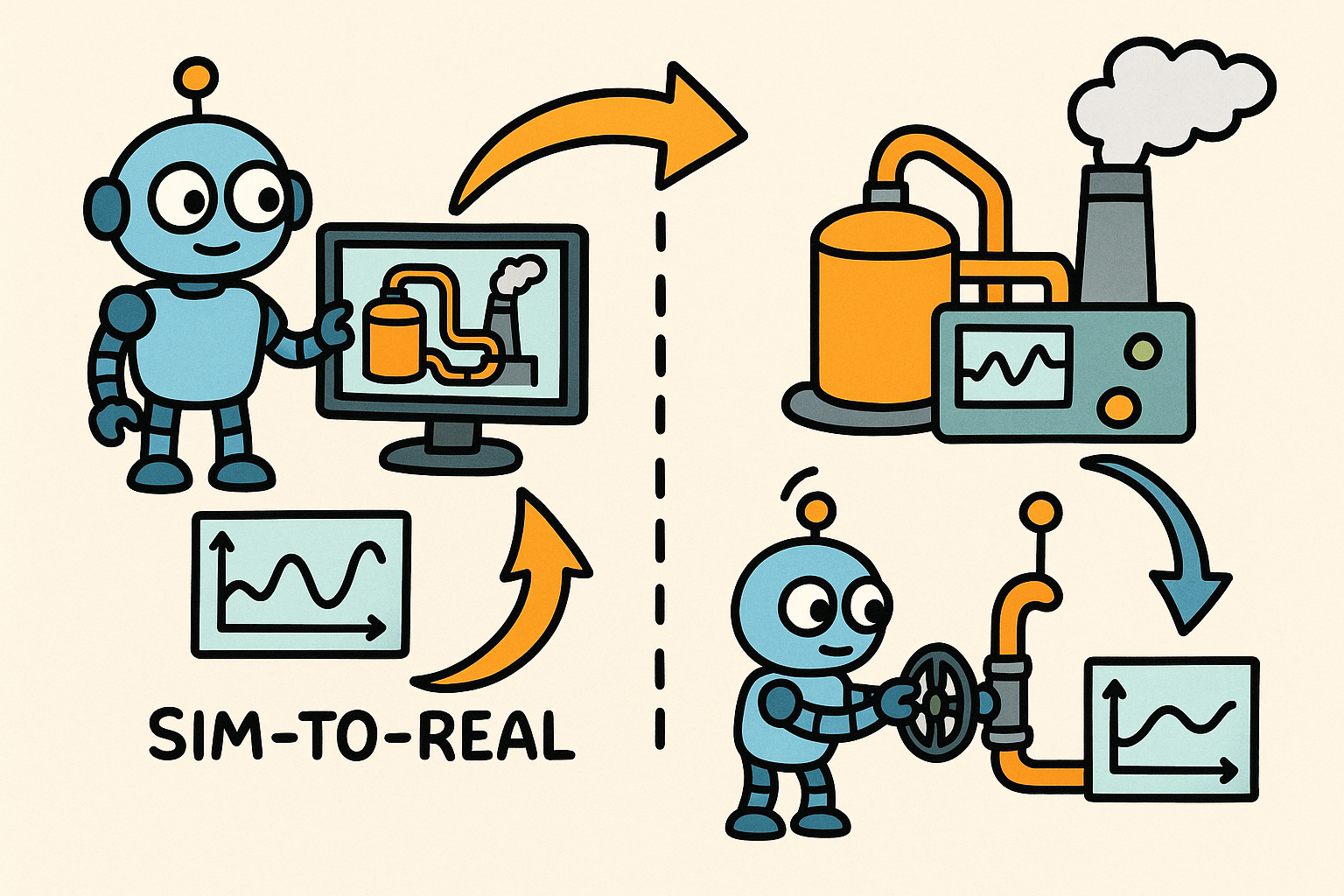Your Cart is Empty
Customer Testimonials
-
"Great customer service. The folks at Novedge were super helpful in navigating a somewhat complicated order including software upgrades and serial numbers in various stages of inactivity. They were friendly and helpful throughout the process.."
Ruben Ruckmark
"Quick & very helpful. We have been using Novedge for years and are very happy with their quick service when we need to make a purchase and excellent support resolving any issues."
Will Woodson
"Scott is the best. He reminds me about subscriptions dates, guides me in the correct direction for updates. He always responds promptly to me. He is literally the reason I continue to work with Novedge and will do so in the future."
Edward Mchugh
"Calvin Lok is “the man”. After my purchase of Sketchup 2021, he called me and provided step-by-step instructions to ease me through difficulties I was having with the setup of my new software."
Mike Borzage
Design Software History: Evolution of Design Software in Sustainable Architecture: From CAD to BIM and Beyond
September 25, 2024 3 min read


Introduction to Sustainable Architecture and Design Software
Sustainable architecture refers to designing and constructing buildings in a way that reduces their environmental impact. This encompasses energy efficiency, the use of sustainable materials, and the integration of renewable energy sources. The importance of sustainability in modern architecture cannot be overstated, given the pressing global challenges of climate change and resource depletion.
Design software plays a crucial role in sustainable architecture by enabling architects and designers to visualize and test their ideas before actual construction. These tools help in optimizing building performance, reducing waste, and ensuring compliance with environmental standards.
Early Developments and Pioneers in Sustainable Design Software
The journey of design software in the context of sustainability began with the development of early CAD (Computer-Aided Design) systems. These early systems, though revolutionary at the time, had significant limitations, particularly in their ability to accurately model and simulate complex structures.
One of the key pioneers in the field was Ivan Sutherland, who developed Sketchpad in the early 1960s. Sketchpad was the first program to use a graphical user interface, allowing users to interact with the computer through a light pen to draw directly on a screen. This innovation laid the foundation for future CAD systems.
In the 1980s, Autodesk introduced AutoCAD, which became one of the most widely used CAD programs in the world. AutoCAD's ability to create detailed 2D drawings revolutionized the design process, although it was still limited in terms of sustainability applications.
The transition from 2D to 3D modeling marked a significant milestone. 3D modeling allowed for more accurate representations of buildings and their components, leading to better analysis and optimization for sustainability. This shift was instrumental in developing more advanced design software that could support sustainable architecture practices.
Technological Innovations Driving Sustainability
One of the most significant technological advancements in sustainable architecture has been the emergence of Building Information Modeling (BIM). BIM allows for the creation of detailed digital representations of buildings, incorporating information about every aspect of the building's lifecycle.
Tools like Revit by Autodesk and ArchiCAD by Graphisoft have been at the forefront of the BIM revolution. These tools enable architects to design, analyze, and visualize buildings in a collaborative environment, significantly enhancing the ability to implement sustainable practices.
BIM facilitates sustainable building practices by allowing for:
- Accurate energy analysis and simulation
- Efficient resource management
- Improved collaboration among stakeholders
Energy analysis and simulation tools have further enhanced sustainable architecture. Companies like Autodesk have developed tools such as Ecotect Analysis, which allows architects to perform comprehensive energy and environmental analysis. These tools enable the design of energy-efficient buildings that minimize environmental impact.
The Future of Sustainable Architecture with Design Software
The future of sustainable architecture is being shaped by emerging technologies such as AI and machine learning. Companies like Dassault Systèmes and Bentley Systems are leading the way in integrating these technologies into design software. AI can optimize building designs for energy efficiency, while machine learning can predict and mitigate potential environmental impacts.
Cloud-based collaboration is another trend that is transforming sustainable architecture. Tools and platforms that promote collaborative design allow architects, engineers, and other stakeholders to work together in real-time, regardless of their physical location. This not only improves efficiency but also ensures that sustainable practices are consistently applied throughout the project lifecycle.
The impact of real-time data and the Internet of Things (IoT) on sustainable architecture cannot be overlooked. The ability to monitor and manage building performance in real-time using IoT devices enables more responsive and adaptive building management. Future trends in this area are likely to include the integration of real-time data analysis with design software, further enhancing the ability to create sustainable buildings.
The field of sustainable architecture is continuously evolving, driven by advancements in design software and technology. By understanding the history and current trends, we can better appreciate the role of design software in shaping a more sustainable future.
Also in Design News

Design Software History: Visualizing Engineering Intent: Feature Histories, Constraints, and Semantic PMI in CAD
December 29, 2025 16 min read
Read More
Sim-to-Real Transfer for Closed-Loop Process Calibration and Control
December 29, 2025 12 min read
Read MoreSubscribe
Sign up to get the latest on sales, new releases and more …



